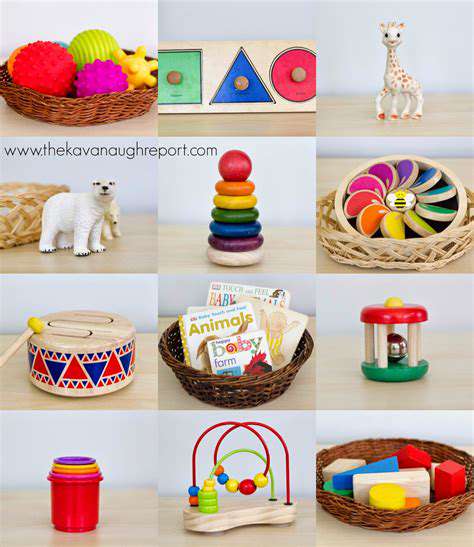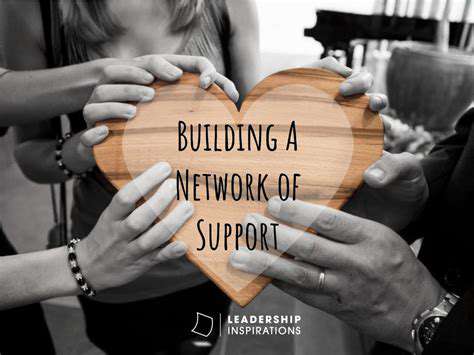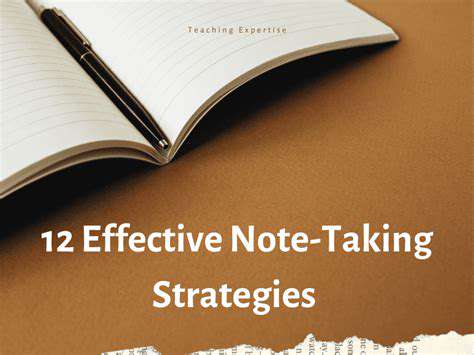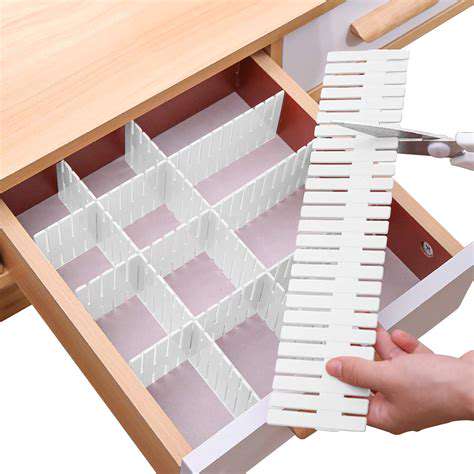How to Organize Your Kids' Toys
Understanding the Importance of a Clutter-Free Space
A home filled with scattered toys and belongings often creates chaos rather than comfort. Decluttering goes beyond mere cleaning—it crafts an environment where peace and order nurture every family member's mental well-being. For children especially, a streamlined space minimizes distractions, allowing their creativity and focus to flourish naturally.
Visual clutter acts as constant background noise for the brain. When play areas overflow with disorganized toys, children struggle to engage deeply with any single item. By intentionally curating their playthings, we gift them the ability to concentrate and find joy in their possessions.
Identifying and Categorizing Toys
Begin your decluttering journey with a thorough toy census. Check beneath furniture, inside closet corners, and other often-overlooked spots. This complete audit reveals exactly what occupies your child's play space—sometimes uncovering forgotten treasures or outgrown items.
With everything gathered, sort toys into logical groups: vehicles, pretend play items, art supplies. Seeing collections grouped together highlights duplicates and helps identify which categories truly engage your child's interest.
Assessing Your Child's Interests
Observe your child's natural play patterns over several days. Which toys do they instinctively reach for? Which remain untouched? Children's preferences evolve constantly—what delighted them last month may now hold no appeal. Have open conversations about their current favorites; this dialogue teaches them to evaluate their own attachments.
Making Thoughtful Decisions About Unwanted Toys
Parting with toys requires honest evaluation. Broken or incomplete items should be recycled, while gently used toys can find new life through donation. This process models thoughtful consumption for children—demonstrating that quality matters more than quantity. Consider taking photos of sentimental items before letting them go.
Creating Designated Storage Spaces
After decluttering, implement a logical storage system. Open bins work well for frequent-use toys, while shelves display special collections. Label containers with both words and pictures to encourage independent clean-up. Reserve prime real estate (eye-level shelves, easily accessible bins) for current favorites.
Establishing Maintenance Habits
Set a recurring toy refresh date—perhaps seasonally or before birthdays. Regular reassessment prevents overwhelming buildup and keeps the space aligned with your child's developing interests. Make this part of your family's rhythm, like changing seasonal clothing.
Collaborating With Your Child
Include children in age-appropriate ways. A preschooler can choose between two toys to keep; older children can help categorize. This shared responsibility transforms organization from a chore into a valued family practice. Celebrate their growing decision-making skills throughout the process.

The Power of Storage Solutions: Choosing the Right Bins and Containers
Selecting Appropriate Storage Options
The foundation of good organization lies in matching containers to their contents. Measure both your items and available space before purchasing any storage solutions. For toys with many small pieces, consider divided containers with adjustable compartments. Books benefit from front-facing shelves that display covers attractively.
Material choices impact functionality—clear bins allow visual identification, while fabric bins soften playroom aesthetics. Heavier items require sturdy materials with reinforced bottoms to prevent sagging or breakage over time. Always check weight limits before stacking containers.
Maximizing Your Available Space
Think vertically when space is limited. Wall-mounted shelves and hanging organizers reclaim floor space while keeping items accessible. Under-bed storage with wheels makes excellent use of often-wasted space for seasonal toy rotation. For small items, pegboards with customizable hooks offer flexible solutions that grow with changing needs.
Sustaining an Effective System
Create maintenance rules that fit your family's habits. Implement a one in, one out policy to prevent accumulation when new toys arrive. Designate specific zones for different activities—a reading nook with book storage, an art station with supply organizers. This intentional zoning makes clean-up intuitive.
Schedule quarterly organization check-ins to assess what's working. As children grow, their storage needs evolve—adjust systems accordingly rather than forcing outdated methods. Involve children in these evaluations to reinforce organizational thinking.


![Guide to Learning [Specific Software, e.g., Excel]](/static/images/31/2025-04/CreatingandFormattingCharts3AVisualizingYourData.jpg)







![Guide to Learning [Specific Art Form]](/static/images/31/2025-05/FromSimpletoComplex3AStep-by-StepPaintingExercises.jpg)
